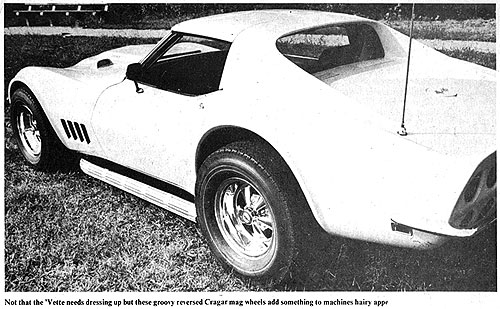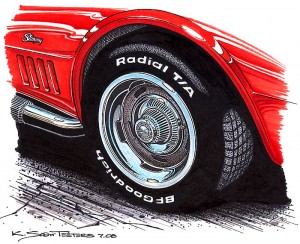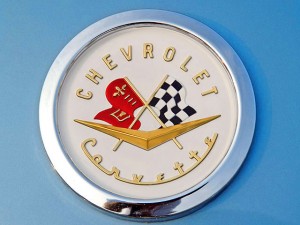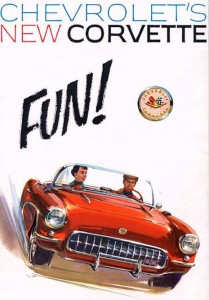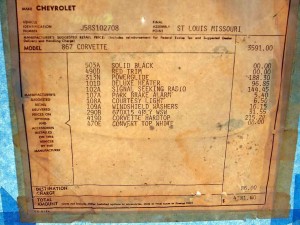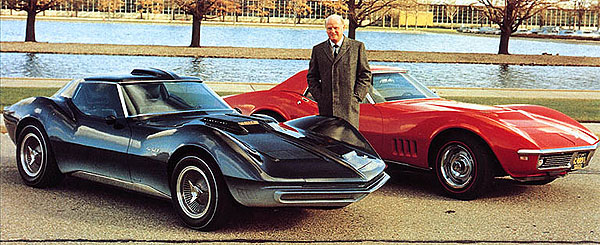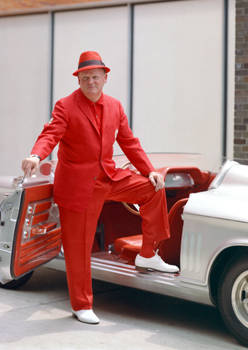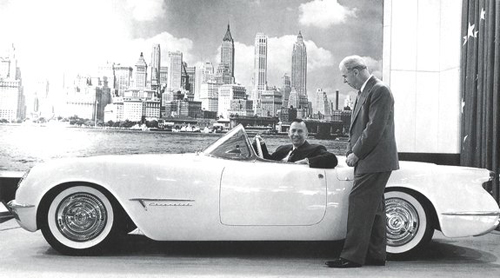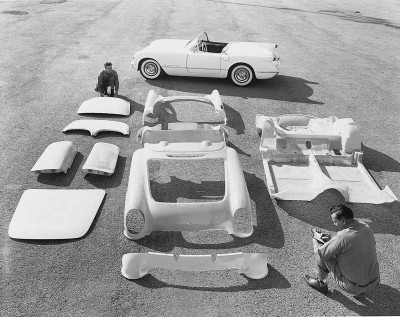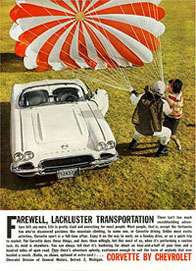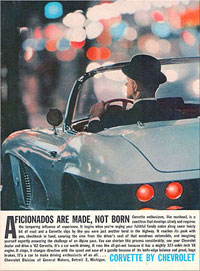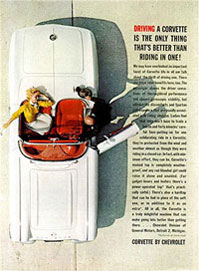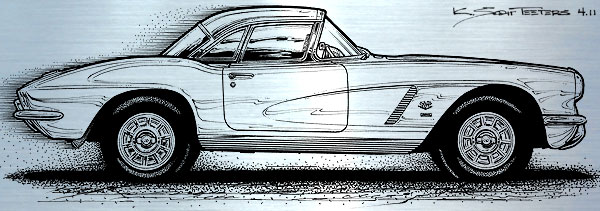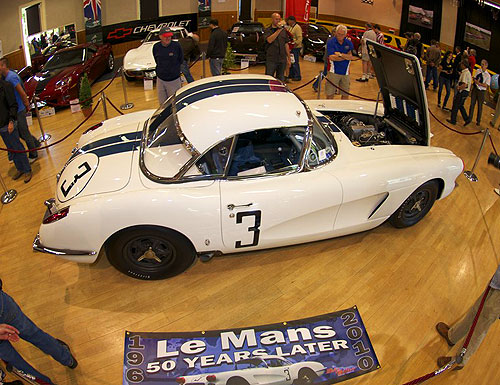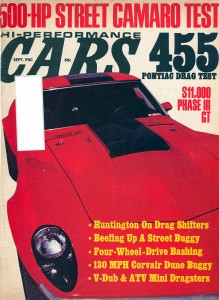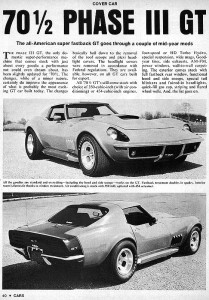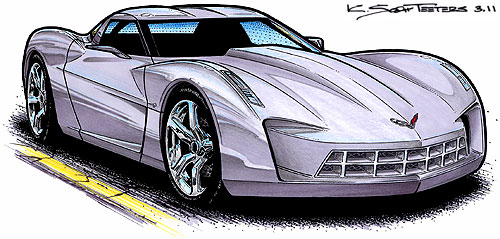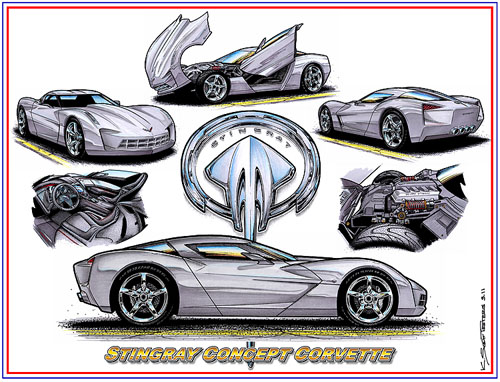Dateline: 7.11.11
Wanna Drive With the Exotics in 1969? Bring a Boatload of Cash!
I stumbled upon the Baldwin Motion experience almost at the beginning. Actually, I couldn’t miss it! While the particular issue of CARS Magazine is long gone from my collection, I remember it well. A screaming yellow ‘68 Phase III SS-427 Corvette with deep-dish Cragar mags, ‘65-’67 Corvette factory side pipes, a ‘67 427 Corvette hood scoop parted on top of the ‘68 427 hood dome, and a Pontiac hood-mounted tach! WOW!!!
A car such as this had never been in my face before! I bought the magazine and my best friend, Steve Grasso and I POURED over every detail of the cover story for weeks. I took my week’s allowance and sent away for my Baldwin/Motion performance Group catalog and Motion sticker. Two buck, with postage! Worth all 200 pennies, AND, unlike that issue of CARS Magazine, I still have the catalog.
What I didn’t know was that I had been initiated into the high performance world of Joel “Mr. Motion” Rosen and Marty “Mr. VETTE Magazine” Schorr. Joel went on to build dozens and dozens of hyper- performance Chevys, and CARS Magazine editor Marty Schorr would not only produce those wonderful “in your face” Motion ads and catalogs, but he would later found VETTE Magazine.
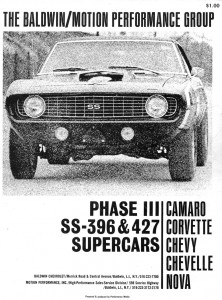
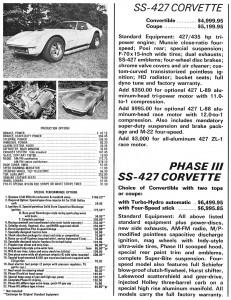
Click the above images to see the BIG versions
In June 2011 we launched www.BaldwinMotionReport.com and the first thing I posted was Continue reading “Vintage 1969 Baldwin/Motion Performance Group Catalog”

